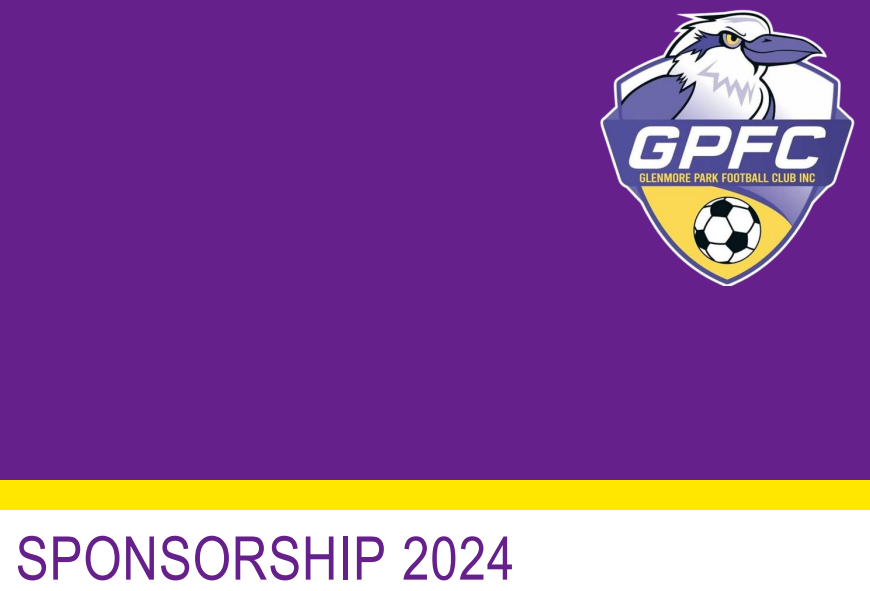Injury Prevention and Management Policy
1. Introduction
2. Prevention
- Fields: Goalposts, Nets, Corner Flags, line marking and care of.
- Warmup/Stretching
- Protective equipment
- Footwear, shin guards, spectacles, jewellery
- Appropriate Tools
- Ladder, hammer
- Balls
3. Treatment
- First Aid
- Ice Packs/First Aid Kits
- Serious Injury
- Patient Transport
4. Pre existing Injuries/ Health Conditions
On registration provision is to be made for players, coaches, and managers to advise of any pre existing injuries and/or medical conditions.
5. Recording Incidents
Should any player suffer any injury during a match or training session then it is the responsibility of the team coach or manager to fill out an Injury Notification Form and lodge the form at the canteen or with the club Secretary within 7 days of the injury occurring. An Injury Notification Form is attached as Appendix 1
6. Returning to Play
Following a serious injury a player must obtain a medical clearance from a qualified medical practitioner to resume playing. Any player who sustains a head injury that results in a concussion must also seek medical clearance.
7. Drug and Alcohol
The use of drugs in an attempt to enhance sporting performance is known as doping. The word ‘dope’ originated in South Africa. Dope referred to a primitive alcoholic drink that was used as a stimulant in ceremonial dances. Gradually the term adopted a wider usage and in reference to sport, it became known as ‘doping’. In today’s sporting context, doping refers to the use by athletes of banned substances or methods that may enhance performance.
No player is permitted to use performance enhancing drug as per guidelines of Australian Sports Drug Agency.
No player is permitted to play or train whilst intoxicated by alcohol or other medications except medication that has been prescribed by a qualified medical practitioner.

